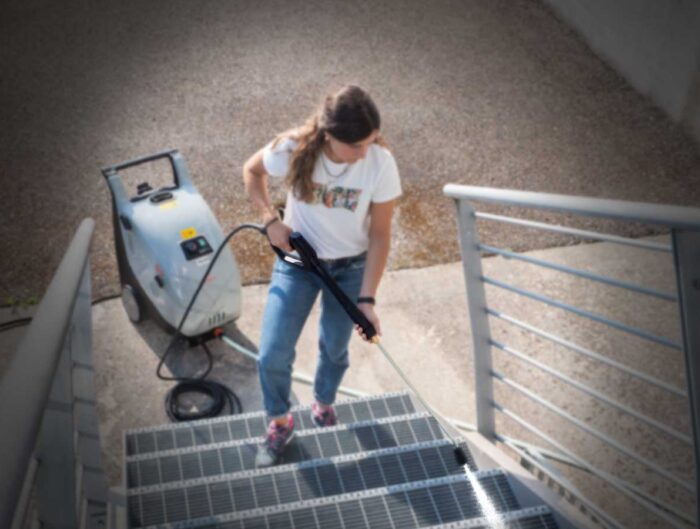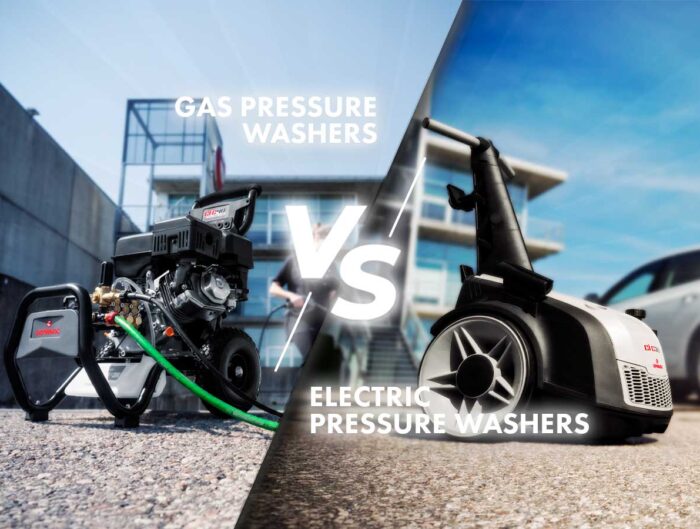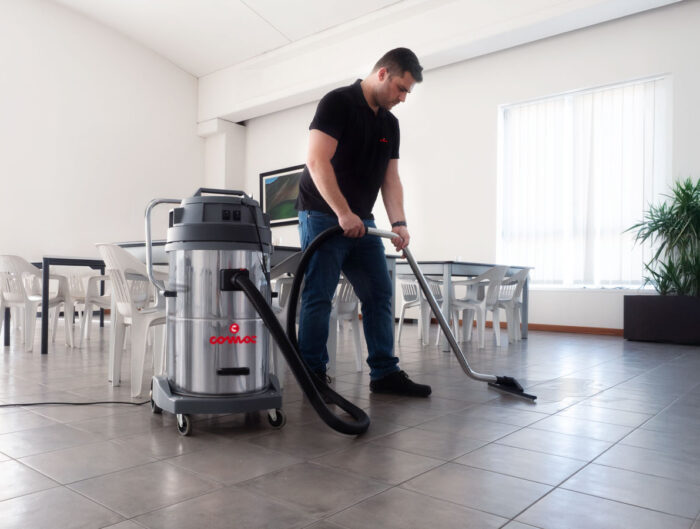Now more than ever, businesses must keep operating costs under control—without compromising on results or sustainability. Among the many expenses to monitor, cleaning operations offer significant opportunities for savings, especially when approached with smart, targeted strategies. Reducing costs doesn’t mean lowering quality or slowing down processes. On the contrary, it means choosing intelligent solutions that help you optimize time, resources, and performance. In this article, we’ll explore 7 practical strategies to help you reduce cleaning costs in your business, maintain high standards of hygiene, and boost overall efficiency.
Why it’s important to reduce cleaning costs in your business
Maintaining a clean workplace is essential for any business, but it also represents a significant expense that can impact the overall budget. Whether it’s offices, warehouses, production facilities, or retail spaces, each environment requires tailored cleaning routines to ensure hygiene, safety, and a strong professional image. When cleaning activities aren’t managed efficiently, the result can be unnecessary waste, rising costs, and reduced productivity. In addition to direct expenses like labor and cleaning products, there are also hidden costs related to operational inefficiencies and wear and tear on equipment.
Optimizing your cleaning processes is not just about saving money, it’s about working smarter. It allows your business to:
- Cut operational expenses.
- Boost staff productivity.
- Extend the lifespan of cleaning equipment.
- Strengthen your brand image and improve customer satisfaction.
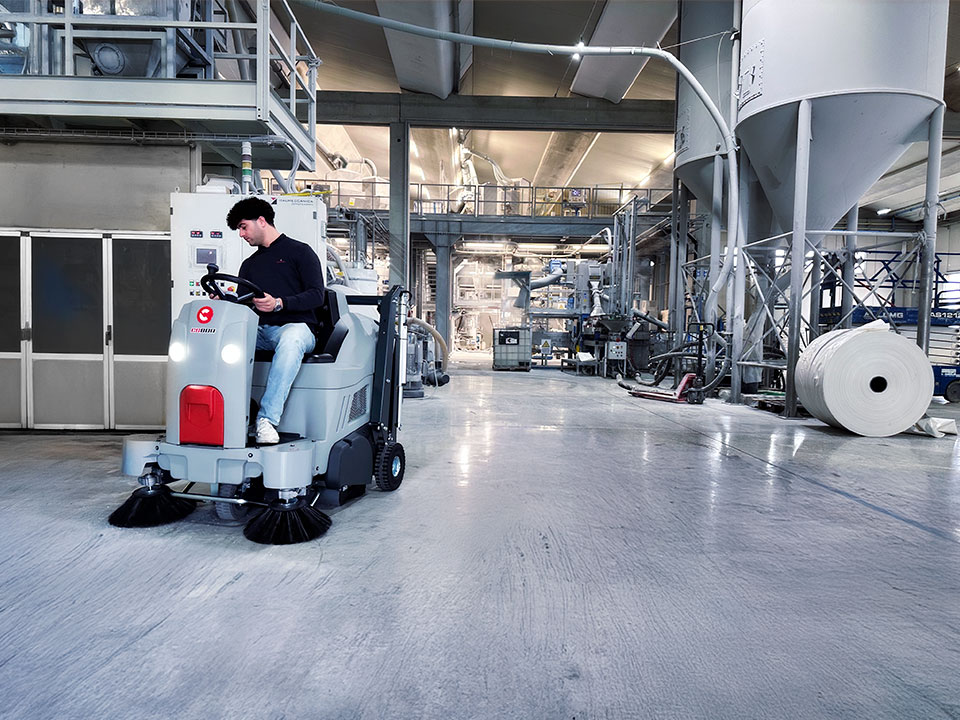
How to reduce cleaning costs in your business: 7 strategies for industrial cleaning
There are several effective ways to cut cleaning costs without compromising on hygiene or performance. From reviewing your current expenses to adopting advanced technologies and upskilling your team, every step you take can help streamline operations and maximize resource efficiency.
Here are 7 practical strategies to help reduce cleaning costs in your business:
- Analyze current costs and identify operational inefficiencies
- Mechanize cleaning tasks with professional equipment
- Implement smart technologies for remote monitoring and management
- Choose sustainable practices and eco-friendly products to reduce waste
- Invest in staff training and standardize cleaning procedures
- Perform regular maintenance to extend the life of equipment
- Work with reliable, innovation-driven suppliers
In the sections below, we’ll take a closer look at each of these strategies, with practical tips and real-world examples to help you start saving, without compromising on cleanliness or efficiency.
Analyze current costs and identify improvement opportunities
The first step in reducing cleaning expenses is gaining a clear understanding of where and how those costs are incurred. Conduct a thorough analysis of all cleaning-related expenditures, including labor, chemicals, equipment and time spent on tasks. This allows you to quickly spot any waste or inefficiencies and take targeted action. Often, simply optimizing schedules and procedures can lead to significant immediate savings.
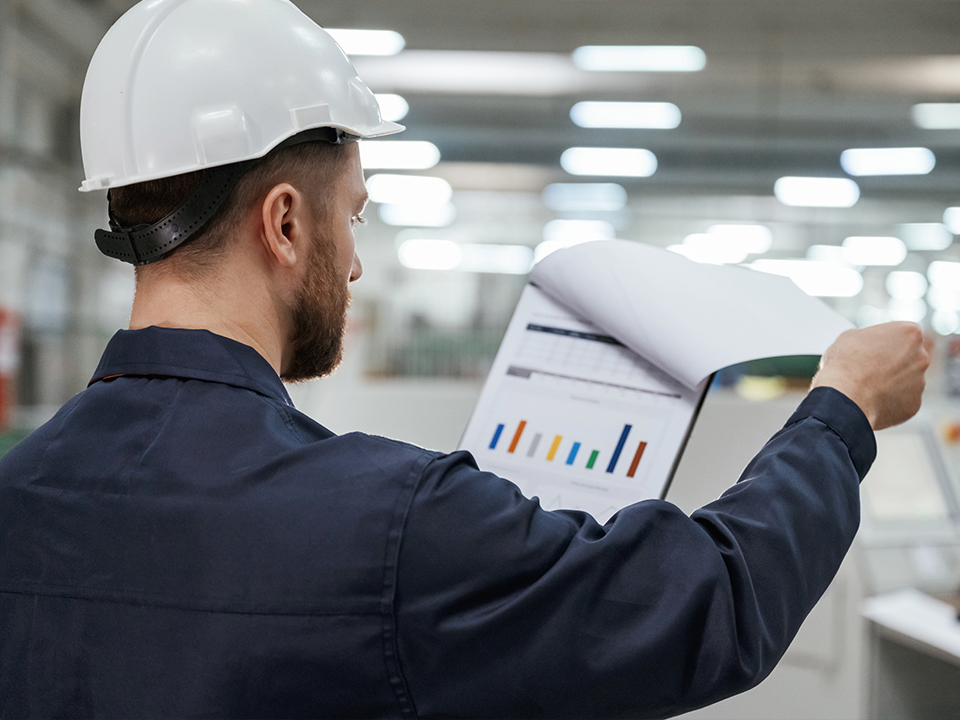
Mechanize cleaning processes
Once you’ve analyzed your cleaning costs and time usage, it often becomes clear that investing in professional cleaning machines is a smart move. While the initial investment may seem high, it can lead to significant savings in the medium to long term. Floor scrubbers, for example, can clean large areas much faster than manual methods while using less water and detergent. Some of the most advanced floor scrubbers are even equipped with onboard technologies that allow the reuse of cleaning water, further reducing resource consumption, time, and costs. Antea ReWater, for instance, can save up to 14,500 liters of water and as many as 3,125 minutes of pit-stops in a single year. If you want to learn more about how to save water and time by using floor scrubbers with ReWater technology, this article provides all the details and data on the actual savings achievable in professional cleaning operations.

Implement smart technologies
One effective way to reduce cleaning costs is by monitoring activities using digital systems to gain a clear, real-time overview of operations. Thanks to IoT – the Internet of Things – it’s now possible to collect data on cleaning machine usage, schedule maintenance, and optimize resource consumption. For example, the CFC – Comac Fleet Care system – enables remote management of cleaning machine fleets, helping to prevent breakdowns, reduce downtime, and ensure optimal performance at all times. If you’d like to learn more about how data can improve cleaning efficiency, read this article on fleet management.
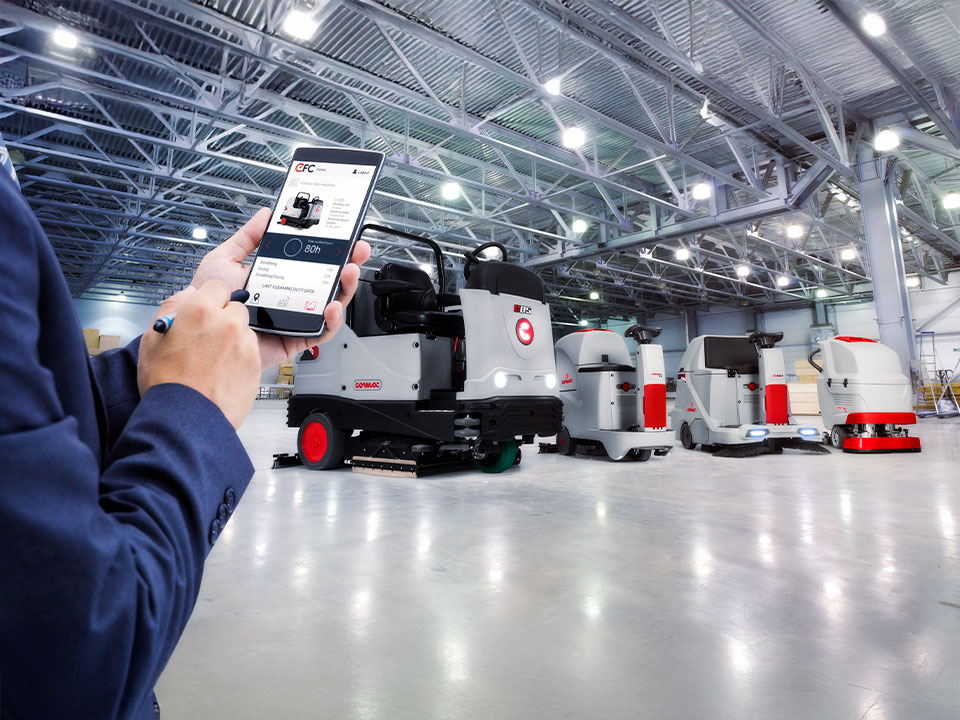
Choose sustainable cleaning practices
Reducing the environmental impact of cleaning operations also means lowering costs. For example, concentrated eco-friendly products are not only safer for the environment and operators, but they also allow for more precise dosing and reduced consumption. Professional cleaning machines are also designed with sustainability in mind. For instance, the latest-generation Comac floor scrubbers are equipped with the Eco Mode system, a technology developed to minimize waste and preserve resources. When this mode is activated, the machine automatically adjusts the flow of water and detergent, as well as brush pressure, using only the amount needed to ensure effective cleaning in a more sustainable way. This leads to lower resource consumption and increased operating autonomy.

Train staff and standardize procedures
It may seem counterintuitive, but investing in training can significantly reduce costs. Well-trained operators work more efficiently, in less time, and with less waste. Training on the proper use of equipment, products, and cleaning schedules is essential to boost overall efficiency. For example, knowing how to correctly operate a floor scrubber is key to maximizing its performance and minimizing unnecessary waste of water, detergent, and time. Additionally, standardizing cleaning procedures, such as creating clear protocols for each area or surface, helps reduce errors, improves service quality, and makes supervision easier.

Perform regular maintenance on your equipment
Cleaning machines are valuable assets that deserve proper care. Regular preventive maintenance helps avoid unexpected breakdowns, extends the lifespan of machines, and ensures optimal operating efficiency. In addition to presenting a more professional image, well-maintained machines consume less, perform better, and require fewer corrective interventions. If you want to learn more about this topic, take a look at our article on floor scrubber maintenance.
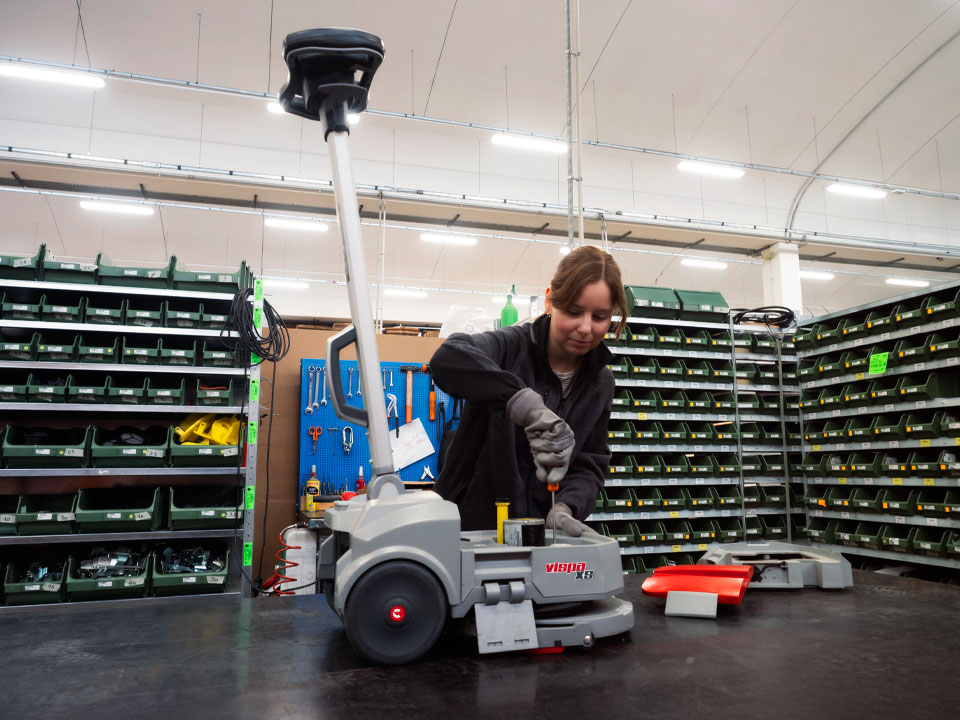
Work with reliable suppliers
A good supplier offers more than just products: they provide expert advice, technical support, and tailored solutions. Choosing reliable partners who are up to date with the latest industry innovations allows you to adopt more efficient technologies, optimize resource consumption, and benefit from high-quality after-sales service. A strategic partnership can make the difference between ordinary cleaning management and truly optimized operations.

Reduce costs by optimizing your cleaning operations
Optimizing cleaning costs in your business isn’t just about spending less, it’s about investing smarter. By adopting a strategic approach based on process analysis and advanced technologies, you can achieve real savings, increase operational efficiency, and support your company’s sustainability goals. By applying these 7 strategies to reduce cleaning costs, any business can improve its cleaning operations and enhance its competitiveness in the market. If reducing cleaning costs is a priority for your company, and you’re looking for efficient, sustainable solutions, Comac can help. Our network of authorized distributors is ready to provide personalized advice, recommend the most suitable technologies for your needs, and support you in optimizing your cleaning operations.
This post is also available in: Italian


